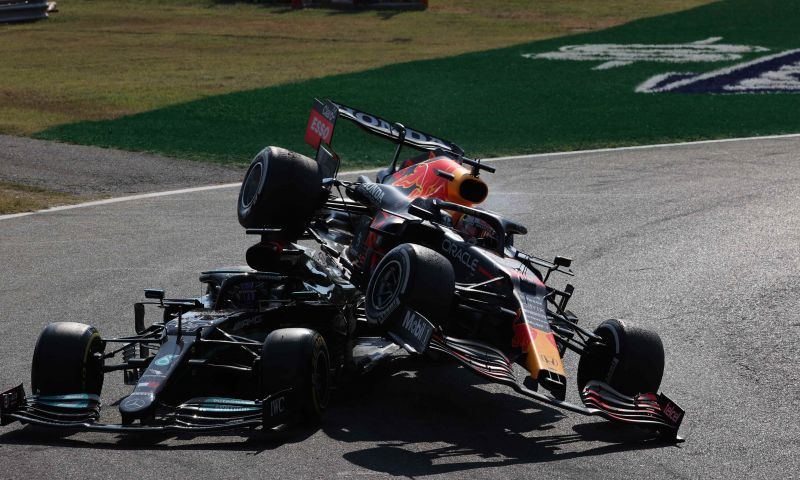F1 News

Famous chassis engineer on crash: "What would have happened without halo?"
- GPblog.com
Upon its entry into the sport, the halo faced a lot of criticism from drivers and fans at the time. Although Jules Bianchi's fatal crash at the 2014 Japanese Grand Prix demonstrated that something had to be done, there was criticism that it would make the cars uglier. Comparisons with flip-flops were often drawn. It would also take away the drivers visibility, which would only make racing more dangerous.
Life saving role
After the race in Monza Lewis Hamilton got a scare when Max Verstappen's RB16B ran over him. Without the halo the incident could have been worse. But also during the horror-crash of Romain Grosjean in Bahrain last year, the halo played a life-saving role.
This was also the view of Gian Paolo Dallara, owner of Dallara Motorsports, a chassis builder for several teams in Formula 1 and other racing classes. Speaking to Autosprint he says: "Really unbelievable. What would have happened without the halo?"
Missing link
"It turns out time and time again that this was a missing link in the sport's safety concept. We have now been able to see it twice in a year through clear signals," Dallara said. According to the Italian, the halo as a safety instrument is unimaginable in today's racing world and a big step forward in making the sport safe.

